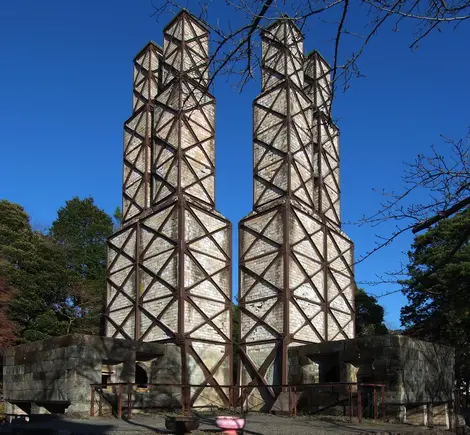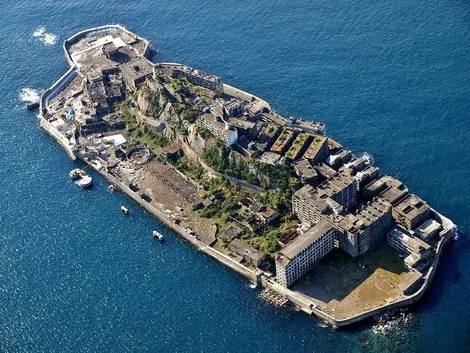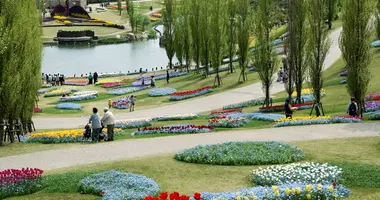Industrial Japan Joins UNESCO 明治時代
Japan, iron and steel
n 2015, Japan added 23 new sites to the list of UNESCO World Heritage Sites, designated as "Industrial sites of the Meiji Era" 23 new sites scattered throughout Japan, and mostly unknown.
What UNESCO chose to protect are the traces of Japan's first efforts to industrialize at the beginning of the Meiji period (1868 - 1912), and thus the first example of successful modernization of a non-Western country.
These industrial sites all share the fact that they were at the forefront of progress in their time, carried out by Japanese visionaries and foreign engineers. They are extremely diverse and varied. Thus we find the street lights furnaces in Nirayama (Izu) which served to produce the first Japanese cannons, the first modern shipyard in Nagasaki, and Misumi Ebisugahana, or the Hashiro coal mines, Miike and especially the famous island-abandoned mine of Gunkanjima.
The list also includes conflict-related sites such as the castle stronghold of Hagi Choshu, where shogun battled, the Shokasonjuku Academy that trained the young samurai in Western modernity, or the house of the British merchant Thomas Glover, very famous in Nagasaki.
These are actually memories of a time of great change, and efforts have been taken to protect them. It's an era that is still the pride of the Japanese.








